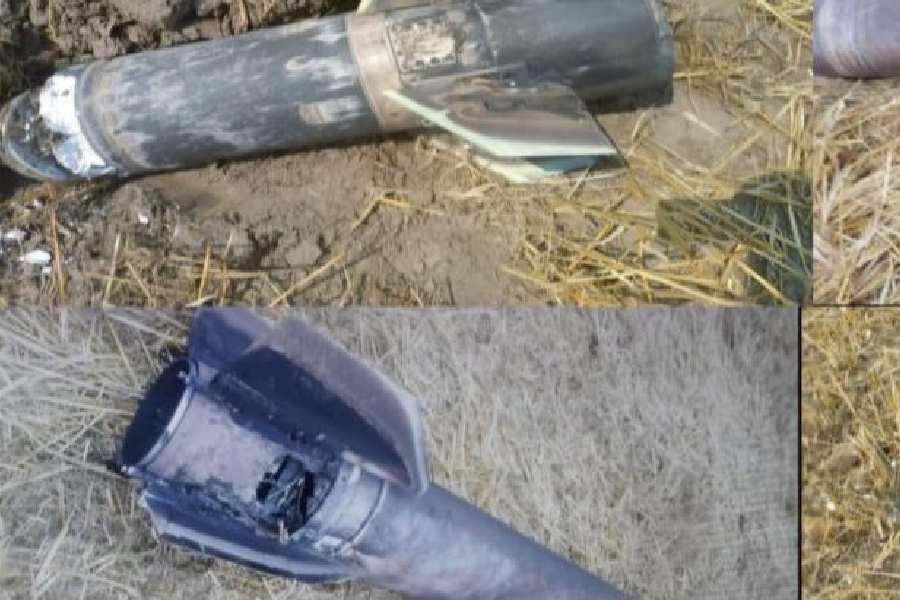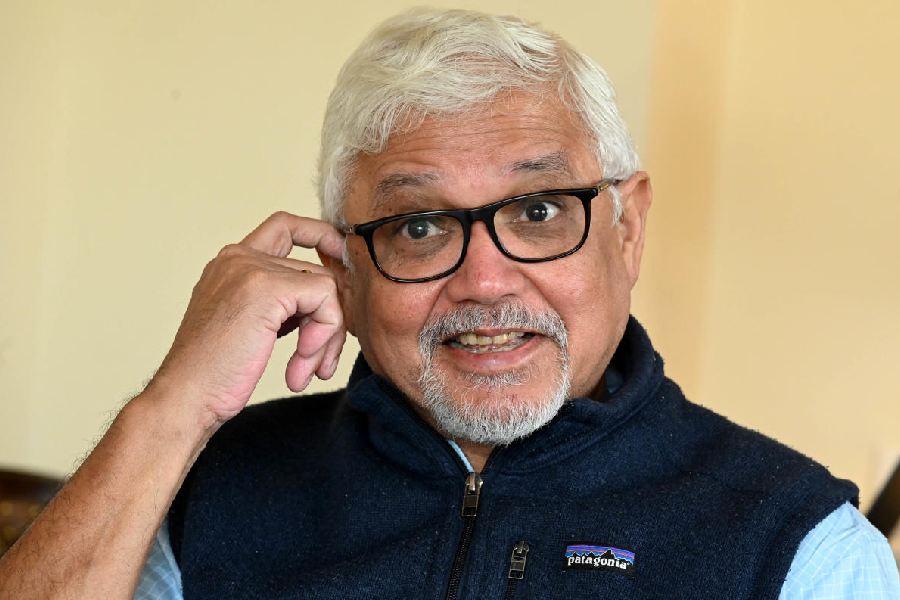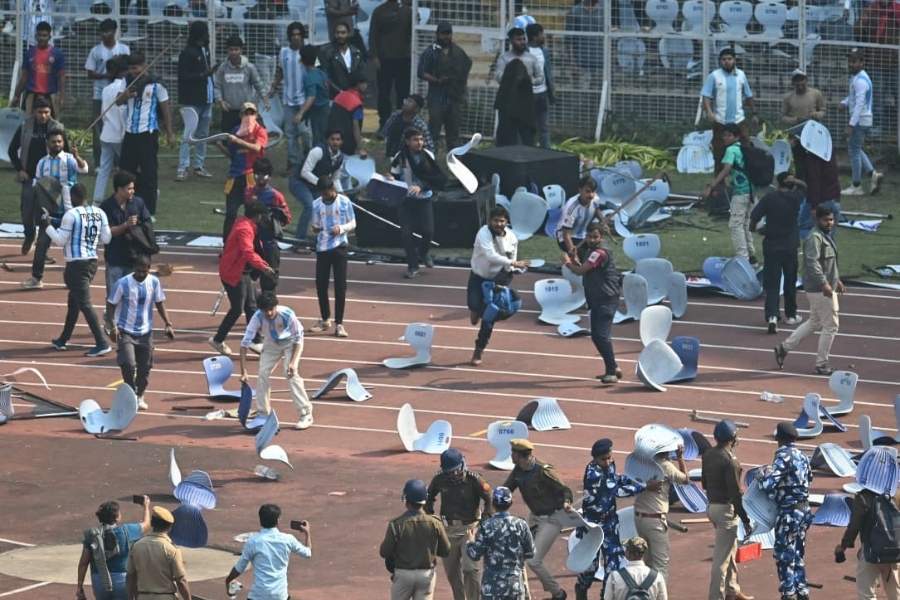India on Monday said all its military bases were fully functional and ready for any future missions if the need arose.
“All our military bases, systems continue to remain fully operational and ready to undertake any future missions should the need arise,” Air Marshal A.K. Bharti said during a media conference.
Bharti was accompanied by Lieutenant General Rajiv Ghai of the army and Vice-Admiral A.N. Pramod of the navy.
Bharti iterated that India’s confrontation was aimed strictly at terrorist elements and underscored that the Pakistani military’s decision to side with and support terrorist groups escalated the situation.
“Our fight was with terrorists and their support infrastructure, not with the Pakistani military. However, it is a pity that the Pakistan military chose to side with the terrorists and made it their own fight, which compelled us to respond in kind. They are themselves responsible for their losses and the damage caused to them,” the Air Marshal said.
He said the Pakistani attacks, involving fighter jets, drones and missiles, were thwarted by the combined might of the integrated air command and control, Akash missiles and other indigenous systems.
“We have targeted the length and breadth of the adversary,” he said before showing footage of the Nur Khan air base in Rawalpindi on fire
following a huge explosion. Another video showed extensive damage to the runway of the Rahim Yar Khan airbase in Pakistan’s Punjab.
The army released a video titled “Destroy the Enemy in the Sky” showing the debris of what appeared to be a PL-15 air-to-air missile, which is of Chinese origin and was used by Pakistan, and also wreckage of some Turkish drones. These were destroyed by the air defence systems during Operation Sindoor launched in retaliation to the Pahalgam terror attack.
Lauding India’s multi-layered integrated air defence system that protected military and civilian infrastructure, Bharti said: “Our battle-proven systems stood the test of time and took them head on. Another highlight has been the stellar performance of the indigenous air defence system, the Akash system. It was impenetrable for the enemy.”
The Indian armed forces minimised the damage to both civilian and military infrastructure in the country as no enemy aircraft was allowed to come within hundreds of kilometres of the Indian territory, Bharti said.
Vice-Admiral Pramod said India was maintaining round-the-clock surveillance. “Effectively using multiple sensors and inputs, we are maintaining continuous surveillance to degrade or neutralise threats as they emerge or manifest to ensure targeting at extended ranges. All these are conducted under the umbrella of a comprehensive and effective layered fleet air defence mechanism that caters to all threats, be it drones, high-speed missiles or aircraft, both fighters as well as surveillance aircraft,” he said.
Fighter jets of the IAF targeted Pakistan Air Force’s bases, including Rafiqui, Murid and Chaklala, to counter the neighbour’s drone and missile attacks targeting civilian areas and military infrastructure along India’s western sector.
India and Pakistan reached an understanding to stop firing and military action on land, air and sea with immediate effect from 5pm on Saturday. However, Pakistan violated the ceasefire agreement within hours. On Sunday, India said Pakistan had been “put on notice”, warning of a fierce and punitive response to any violations of the understanding.











